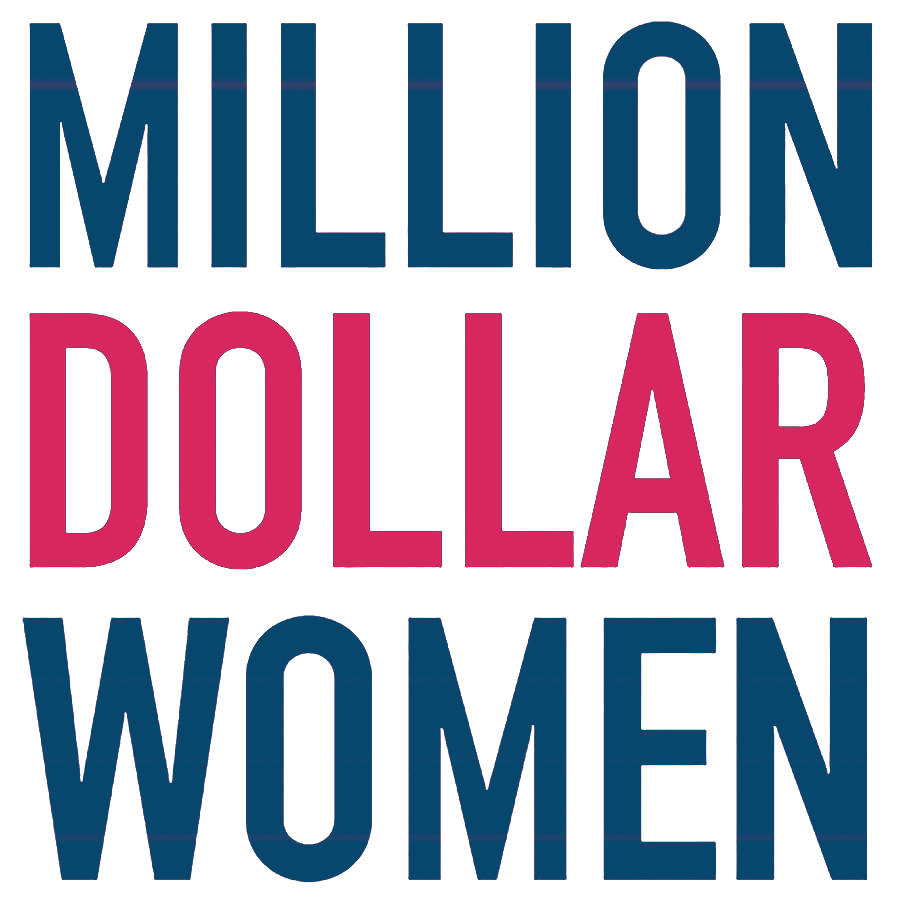Beyond Beyoncé.AI
If you watched the Super Bowl this year, you saw Beyoncé announcing her new country album in a Verizon commercial. In it, she tries several different ways to “break the Internet,” including unveiling her own digital avatar, Beyoncé AI (you can see it here). Get ready for a lot more of that. Predictions are that digital avatars will become commonplace in the next 3-5 years and women are going to be among the earliest adopters.
Wondering how you can be like Beyoncé and incorporate digital avatars into your businesses? What kinds of risks, benefits and costs go along with that?
At "A.I. Avatars & Aperitifs: NYC," an edu-taining event I co-hosted to discuss ethically created A.I. avatars and their creative and business use cases, we delved into the three most commonly asked questions about AI:
How do gender politics influence the adoption of AI?
From small startups to large corporations like Nike, there’s a wide range of companies using digital avatars to help grow their business. However, despite AI being on the rise, we’re still seeing a gender disparity when it comes to who’s actually using this technology. Men are currently the ones leading companies at the forefront of AI, while female voices animate most virtual personal assistants (like Alexa and Siri). Gender bias in technology and business is nothing new: only 1.7% of venture capital funding went to women last year, and 0.3% went to women in AI (source: Fast Co). Women are also still underrepresented in AI research and development. By being at the forefront of using digital avatars, we have an opportunity to make our voices heard and help shape how this technology evolves in the future.**
What are the ethics behind this technology?
Right now, there isn’t an industry standard regarding how to use digital avatars. Because there can be a lot of skepticism around this new technology, being upfront is the best practice, not trying to pretend your avatar is you. Check out the Content Authenticity Initiative, a community of media and tech companies, NGOs, academics, and others working to create an industry standard for content authenticity. Their goal is to increase transparency around the use of AI while preventing misinformation.
Another concern was the potential for deepfakes. Different generative AI companies have various ways to prevent deepfakes from being created: for example, Render uses an AI Voice provider to generate your synthetic voice and a separate video avatar provider to generate your visual likeness. Both providers would need to be compromised to “deepfake”, as visual and voice providers are always hosted by two completely separate providers. The combined product can only be accessed by login, which is protected by two-factor authentication with one-time passcodes.
What are some good ways to get started?
Start experimenting now while the technology is new and you can be an early adopter. There are multiple options you can explore: companies like HeyGen, Synthesia, and Hour One allow you to create one free AI video using your webcam to test out the technology and see if they’re the right fit. If you want a more professional-quality avatar, you can record your avatar at certified studios with a company like Render (that’s who created my own digital avatar, Julia.AI). As digital avatars begin to gain traction, it's crucial to recognize the underrepresentation of women in AI research and development. This moment is a prime opportunity for women to take the lead in the adoption of digital avatars, and at the same time, contribute to closing the AI gender gap.
** Artificially Inequitable? AI and closing the gender gap
